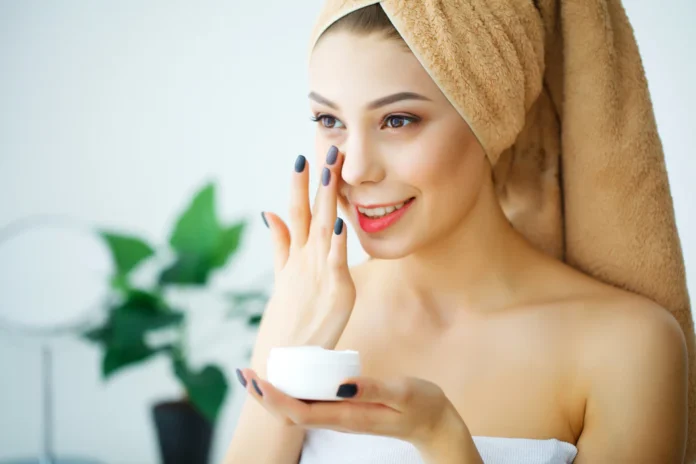When it comes to achieving healthy, glowing skin, few cultures have mastered the art like the Japanese. Rooted in centuries-old traditions and supported by modern innovations, the Japanese skin care routine is a thoughtful, multi-step process that focuses on prevention, hydration, and gentle care. Unlike many Western routines that prioritize quick fixes, the Japanese skin care routine philosophy values consistency and simplicity. In this article, we’ll walk through the seven essential steps of a traditional Japanese skin care routine and explore how you can incorporate them into your daily life for radiant results.
Step 1: Oil-Based Cleanser – Removing Impurities
To begin with, the first step involves using an oil-based cleanser. This may seem counterintuitive, especially for those with oily skin, but it’s a crucial part of the double cleansing method. An oil cleanser effortlessly breaks down makeup, sunscreen, and excess sebum without stripping the skin. Furthermore, it prepares your skin for the second cleanse, allowing it to absorb nutrients more effectively in the steps that follow.
Step 2: Water-Based Cleanser – Deep Cleaning
Next comes the second cleanse using a gentle, water-based cleanser. This step removes any remaining dirt, sweat, and oil residue that the first cleanse may have missed. Japanese skin care routine women prefer foam or gel cleansers that are non-drying and pH-balanced.
Step 3: Exfoliation – Smoothing the Skin
Although exfoliation is not performed daily, it plays an important role in the Japanese skin care routine. Typically done 1–2 times per week, this step removes dead skin cells, encourages cell turnover, and helps prevent clogged pores. Unlike harsh scrubs, Japanese exfoliators are often made with natural ingredients like rice bran or fruit enzymes, which gently polish the skin. Consequently, your skin feels softer and appears brighter over time.
Step 4: Toner (or “Lotion”) – Rebalancing Hydration
After cleansing and exfoliating, the skin needs to be rehydrated. This is where the Japanese toner, often called a “lotion,” comes in. Unlike Western toners that may contain alcohol, Japanese lotions are hydrating and soothing. They rebalance the skin’s moisture levels and enhance the absorption of subsequent products. Additionally, applying toner with clean hands rather than cotton pads allows for better penetration and less waste.
Step 5: Essence – Deep Hydration and Repair
Moving forward, the next step is applying an essence, which is a lightweight, nutrient-rich liquid that delivers deep hydration and supports skin repair. Essences are a cornerstone of Asian skin care, and in Japan, they often contain ingredients like fermented rice extract or hyaluronic acid. By incorporating an essence into your routine, you boost your skin’s ability to retain moisture and improve its texture over time.
Step 6: Serum – Targeted Treatment
Following the essence, a serum provides targeted treatment for specific skin concerns, such as dark spots, fine lines, or uneven tone. Japanese serums are typically lightweight but highly concentrated. They might include botanical extracts, vitamin C, or collagen-boosting peptides. In this step, it’s important to gently press the serum into the skin, rather than rubbing, to enhance absorption and avoid irritation.
Step 7: Moisturizer and SPF – Locking in and Protecting
Finally, the routine is sealed with a moisturizer to lock in all the previous layers of hydration. Japanese moisturizers are often gel-like or milky in texture and are designed to maintain the skin’s delicate moisture balance. During the day, sunscreen is also a must.
Embracing the Ritual
In conclusion, the Japanese skin care routine is more than just a series of steps—it’s a self-care ritual that promotes mindfulness and long-term skin health. With a focus on gentle care, hydration, and prevention, it encourages a sustainable approach to beauty. While it may take time to build the habit, the results—radiant, youthful, and healthy skin—are well worth the effort.



